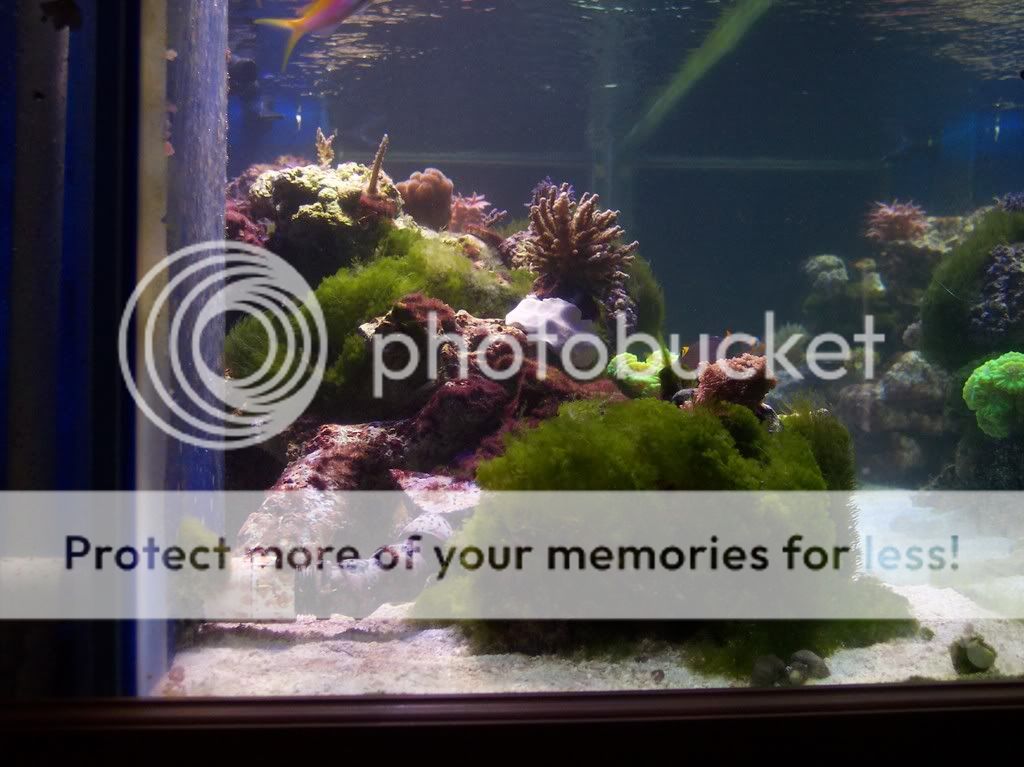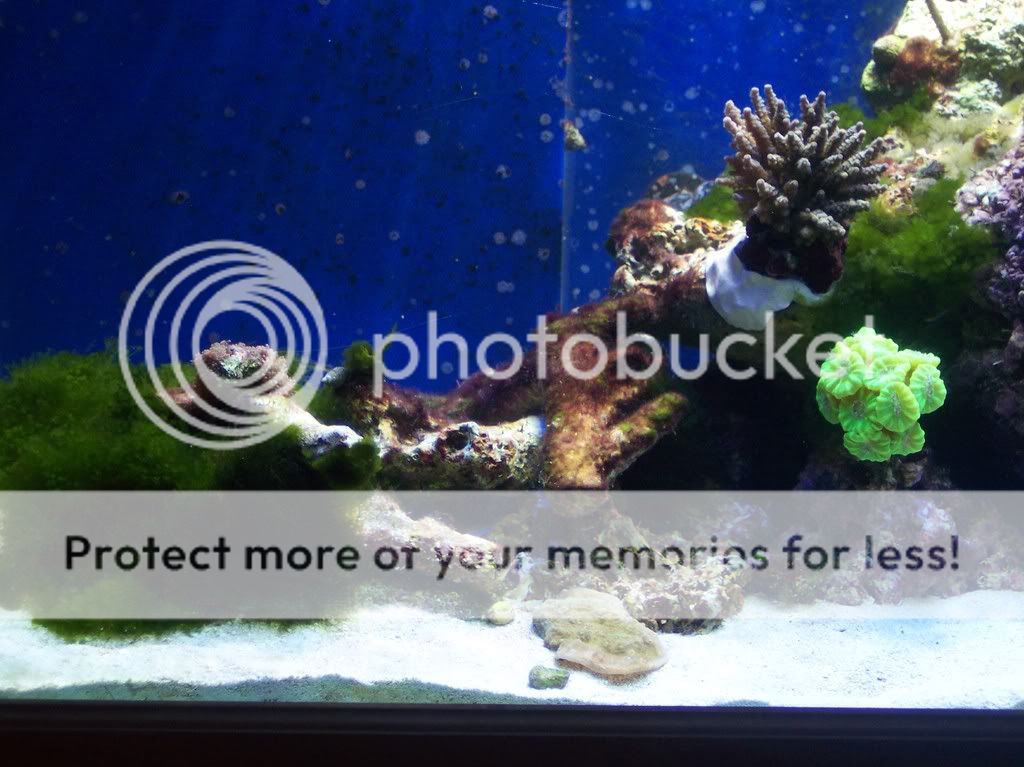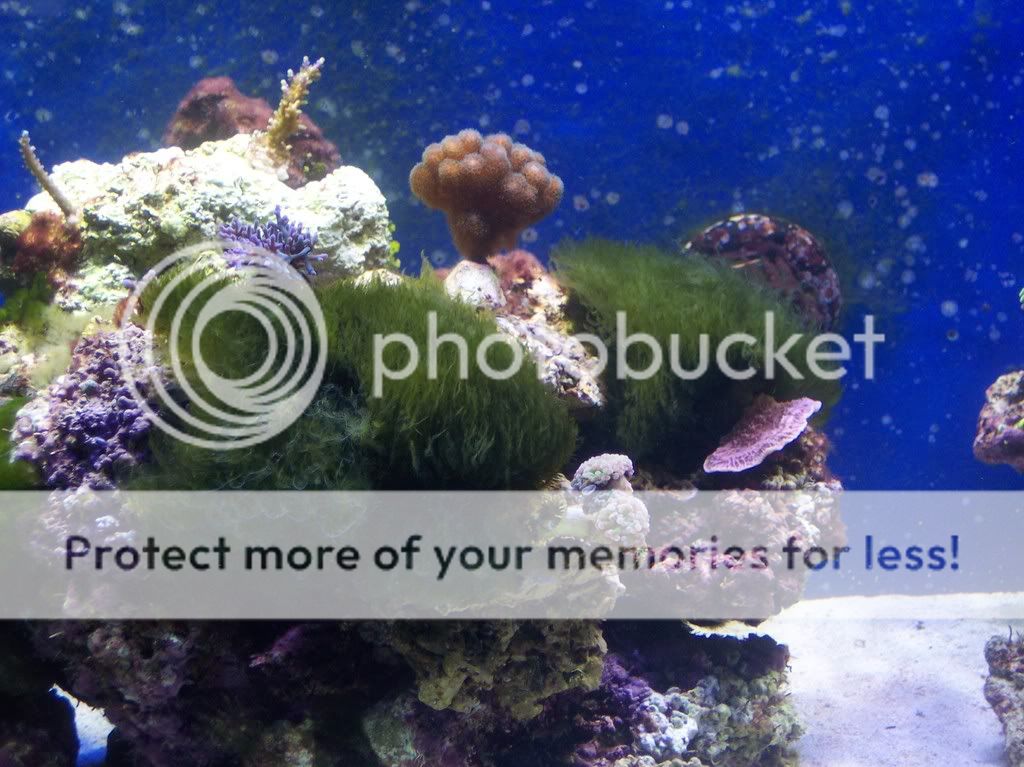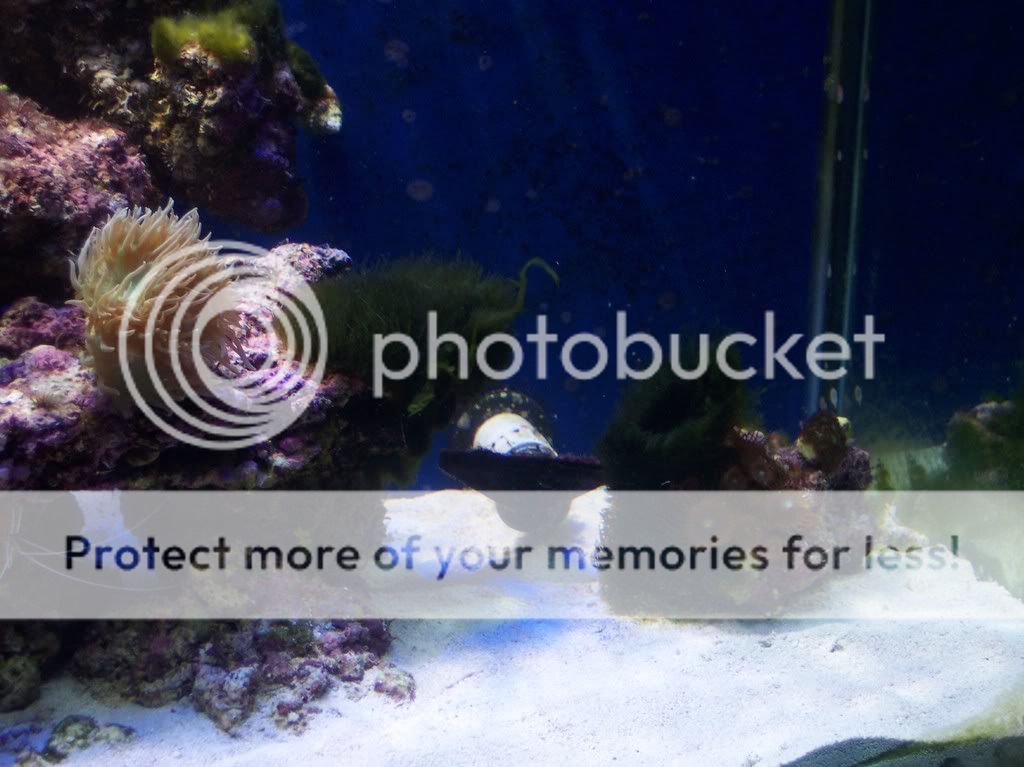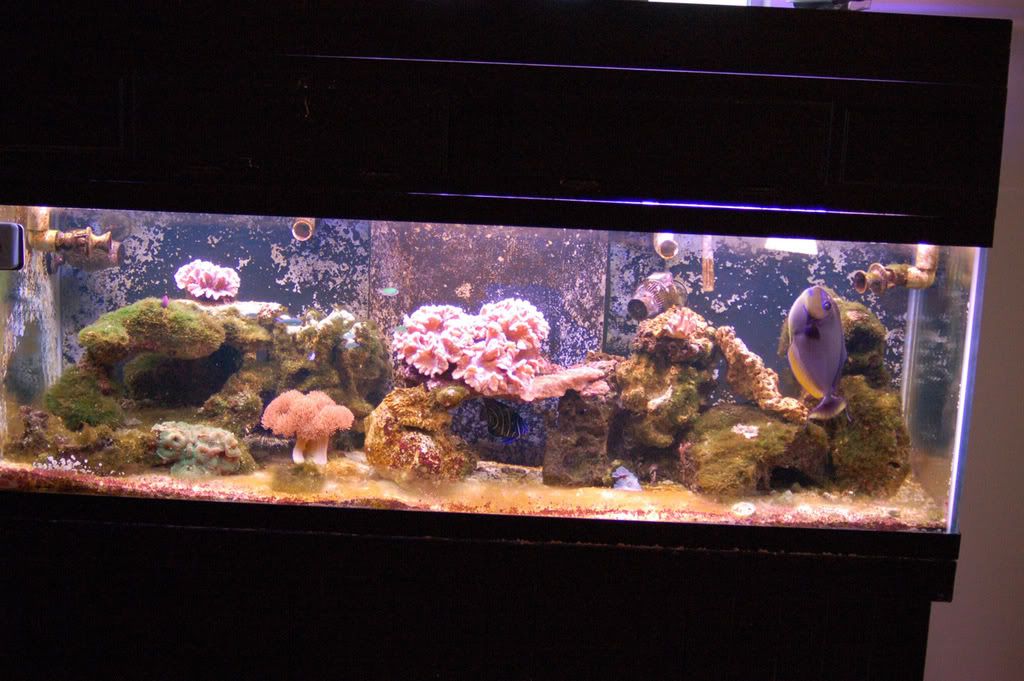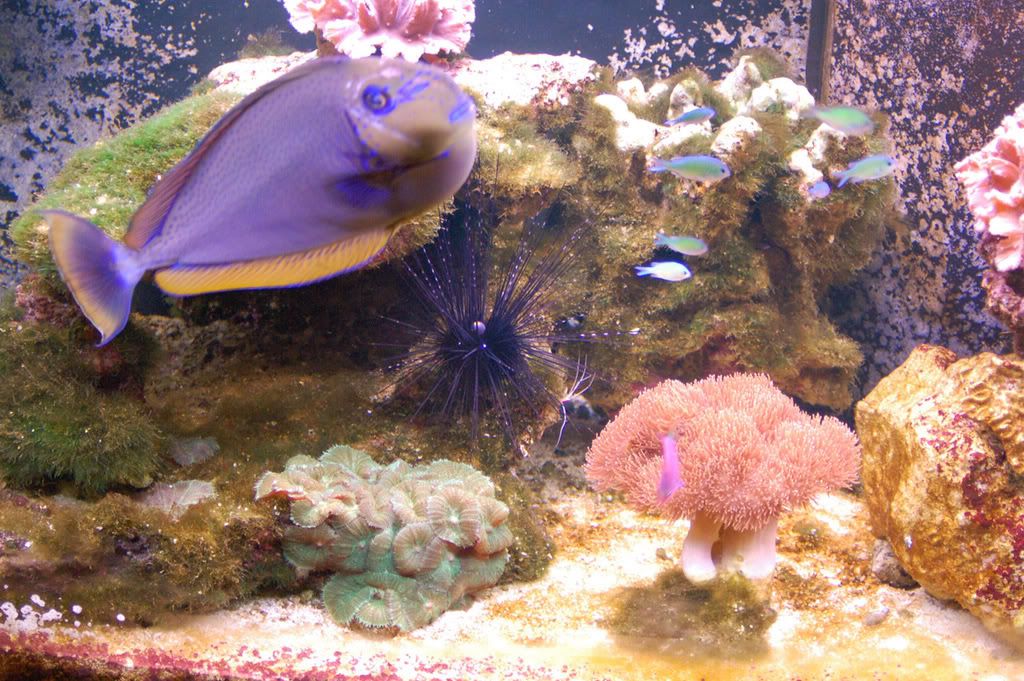The first step to this is commitment.
You have to be willing to remove your rock from the tank.
It doesn't have to be all at once, but I feel if you are going to do this do it all. In stages if that is easier but make sure that all of it gets done.
The new environment you are creating for your rock is to take it from an algal driven to a bacterial driven system.
In order to do this, the rock needs to be in total darkness to retard and eventually kill the algae's on the rock and to give the bacteria time to do the job.
So basically you need tubs to hold the rock.
Equipment needed.
1. Dedication.
2. Tubs to cook rock in. And an equal amount of tubs to hold the rock during waterchanges.
3. A few powerheads.
4. Plenty of buckets.
5. A smug feeling of superiority that you are taking it to "the next level."
6. Saltwater, enough made up to follow the instructions below and to replenish your tank after removing rocks.
Here are the steps:
1. Get into your head and accept the fact you will be making lots of salt water if you aren't lucky enough to have access to filtered NSW.
2. Explain to significant other what is going on so they don't flip out. This process can take up to 2 months. Prepare them in advance so he/she can mark it on the calendar and that they won't nag about it until that date arrives.
3. Setup a tub(s) where the rock is to be cooked. Garages are great for this.
4. Make up enough water to fill tub(s) about halfway and around 5-7 buckets about 60% full.
5. Remove all the rock you want to cook at this stage. (The rock can be removed piece by piece until you are done.) I suggest shutting off the circulation beforehand to minimize dust storms.
6. Take the first piece of rock and dunk it, swish it, very, very well in the first bucket. Then do it again in the 2nd bucket, then the third.
7. Place rock in the tub.
8. Repeat steps 6 & 7 to every piece of rock you want to cook at this time. The reason I suggested 5-7 buckets of water will be evident quickly...as the water quickly turns brown.
9. Place powerhead(s) in the tub and plug in. Position at least one powerhead so that it agitates the surface of the water pretty well. This is to keep the water oxygenated. You can use an air pump for additional oxygenation if you wish. Only one powerhead per tub is needed. Remember the powerheads main responsibility is the oxygenation of the water.
10. Cover the tub. Remember, we want TOTAL darkness.
11. Empty out buckets, restart circulation on main tank.
12. Wait.
13. During the first couple of weeks it is recommended to do a swishing and dunking of the rocks twice a week.
What this entails is to make up enough water to fill up those buckets and the tub the rock is in.
First, lay out your empty tub(s) and fill buckets the same as before.
Then, uncover tub with the rock in it. Take a rock and swish it in the tub it's in to knock any easy to get off junk.
Then, swish it thru the 3 buckets again, and place in the empty tub..
Repeat for all your rocks.
Then empty the tub that all the rocks were cooking in, take it outside and rinse it out with a hose.
Place tub back where it was, fill with new saltwater, add rocks and powerheads, and cover.
Wait again until the next water change.
You will be utterly amazed at how much sand, silt, detritus is at the bottom of the tub and every bucket. It is amazing.
At times the stench was so strong I gagged.
How it works:
Some FAQ's.
When re-introducing the rock to my tank, a month or two from now, should I do that in parts to help minimize any cycling effect(s)...if there are any?
I never have. Really after a very short while, the ammonium cycle has been established. That's not what you're worry about though, it's the stored phosphates and that you have to wait it out.
When they are producing very little detritus - you'll know - then I would use them all at once.
Would running Carbon filtration and/or a PO4 reducing media help/hurry/hinder the process?
I wouldn't fool with it. You don't want the detritus to sit there long enough to rot, release water soluble P again. You want to take it out while it's still locked up in that bacterial detritus.
I would say that 85% of my exposed rock had Bryopsis (hair algae) covering it.
There isn't a single visible strand on any rocks my tank now.
Remember, the key is patience. Let this process run its course.
And a few last minute tidbits I remembered.
Your coralline will die back, recede etc.
My thoughts on this are GREAT!
Now my rock is more porous for additional pods, mysids, worms etc.
Coralline will grow back.
Throughout this process the sponges, and pods on my rock have not died off.
Every time I do a water change they are there and plentiful.
--------------------------------------------------------------------------------
 causeofhim Posts:
causeofhim Posts: 710
Joined: Mon Jan 03, 2005 9:01 pm
Location: Janesville, WI
